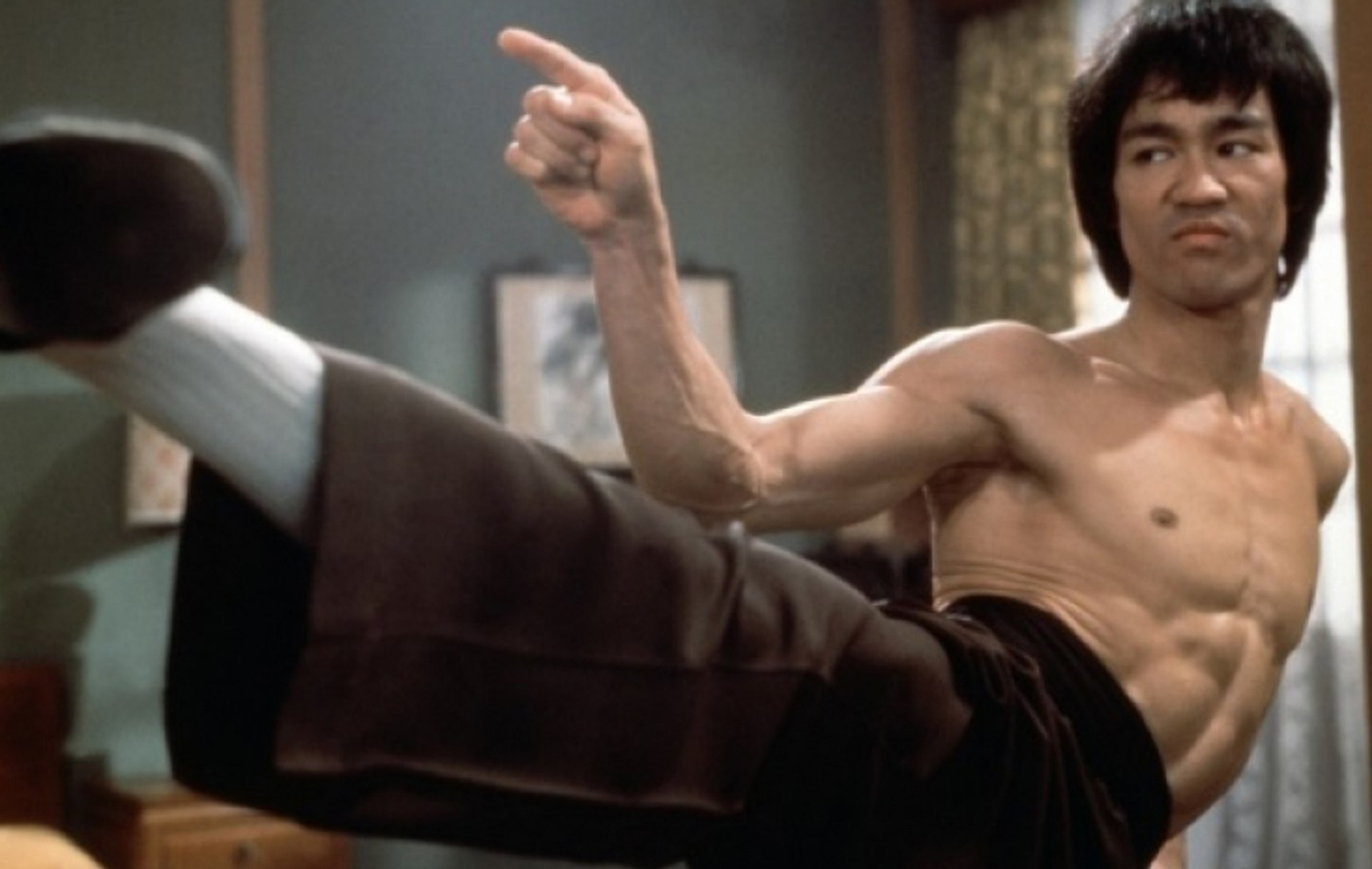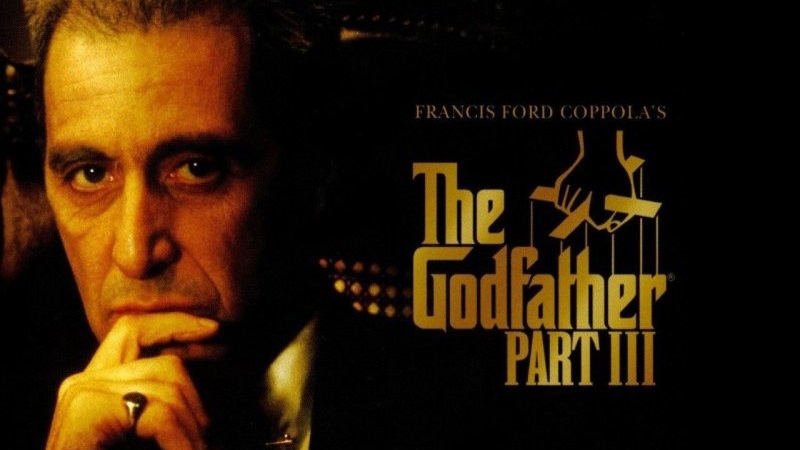The Way of the Dragon
The Way of the Dragon, also known as Return of the Dragon in the U.S., is a 1972 martial arts action film that marked a defining moment in both Bruce Lee’s career and the evolution of martial arts cinema. Written, directed by, and starring Bruce Lee himself, the film was his third feature after The Big Boss and Fist of Fury, but the first in which he had full creative control. It is widely celebrated not only for its iconic action sequences but also for introducing a more humorous, personal tone compared to his previous works.
The story follows Tang Lung (played by Bruce Lee), a martial artist from Hong Kong who travels to Rome to help his relatives defend their Chinese restaurant from local mafia harassment. Initially awkward and out of place in a foreign land, Tang quickly demonstrates his martial arts prowess when the gangsters attempt to intimidate the restaurant staff. As the conflict escalates, the mafia hires martial artists from around the world—including a formidable American fighter named Colt (played by Chuck Norris in his first major film role)—to eliminate Tang Lung.

The film’s climax, a one-on-one duel between Bruce Lee and Chuck Norris inside the ancient Roman Colosseum, is widely regarded as one of the greatest martial arts fights in cinematic history. Unlike typical fast-paced fight scenes of the era, this showdown is methodically choreographed and dramatically intense, emphasizing rhythm, precision, and psychological tension. Lee designed the scene to show not just physical dominance, but the importance of adaptability in combat—a core principle of his Jeet Kune Do philosophy.
Aside from its memorable action, The Way of the Dragon displays Bruce Lee’s versatility as a filmmaker. The movie blends martial arts with comedy and East-meets-West cultural clashes. Tang Lung is not the stoic, invincible hero audiences might expect—instead, he’s often awkward and unfamiliar with European customs, which makes him more relatable and human. Lee deliberately included these elements to break away from the more serious tone of his earlier films and showcase a broader range of emotions and situations.

The supporting cast includes Nora Miao as the female lead and restaurant manager, providing both emotional balance and a subtle romantic undercurrent. The gangsters are portrayed as menacing but not overly complex, allowing the spotlight to remain on Lee’s character and his evolving journey.
Upon release, The Way of the Dragon was a massive commercial success in Asia and later gained popularity internationally, especially in the U.S. after Bruce Lee’s untimely death in 1973. Critics praised Lee’s direction and performance, noting his ability to balance humor, action, and philosophy within a tight 100-minute runtime.

Today, The Way of the Dragon holds a legendary status. It was not only a major milestone in Bruce Lee’s career but also a turning point in how martial arts films were made and perceived globally. The film introduced Western audiences to authentic kung fu and elevated martial arts from niche entertainment to a worldwide phenomenon.



-1751708674-q80.webp)